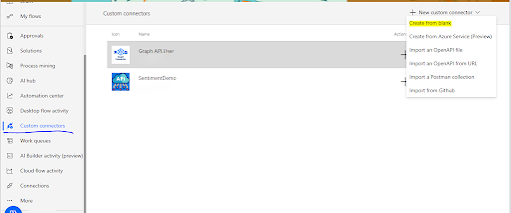Merge Data Tables vs Join Data Tables in Power Automate Desktop
DT
Merge Data Tables vs Join Data Tables in Power Automate Desktop
Quick reference for action selection, behavior, and constraints
Merge Data Tables
Purpose: append rows from one data table into another. Use when two tables share a common structure or when stacking rows is the goal.
- Inputs: primary table variable, secondary table variable, merge mode option.
- Merge mode handles schema differences: add extra columns, ignore extra columns, or error on extra columns.
- Behavior: rows from the second table are added to the first table variable.
- Limits: no relational matching, memory usage for large tables, result is in-memory only.
Join Data Tables
Purpose: perform relational-style joins using key-based rules. Use when rows must be matched between tables and fields from both tables are needed in the output.
- Inputs: first table, second table, join type (Inner, Left, Full), join rules (column mapping and operator).
- Behavior: produces a new JoinedDataTable variable containing matched and combined rows according to join type.
- Limits: requires correct join rules; output schema combines columns from both tables and may require duplicate column handling.
- Performance: nested matching and large tables can be slow and memory intensive.
Side by Side Comparison
| Feature | Merge Data Tables | Join Data Tables |
|---|---|---|
| Core purpose | Append rows from one table into another | Match rows by key and combine fields from both tables |
| Schema handling | Controlled by merge mode: add, ignore, or error on extra columns | Output merges columns from both tables; resolve naming conflicts manually |
| Key matching | No | Yes - join rules required |
| Output | First table variable updated with appended rows | New JoinedDataTable variable is produced |
| Complexity | Low | Medium to high - requires correct rules and output handling |
| Best for | Stacking homogeneous datasets for reporting or batch processing | Enriching datasets by merging related records from another table |
Practical Notes
- Use Merge when you need simple append behavior and schemas are compatible or manageable via merge mode.
- Use Join when you need relational results based on key matches and when you must combine fields from both sources.
- For very large datasets, consider performing joins in a database or Excel before loading into PAD to avoid memory issues.
- Always validate column names and data types before merging or joining to prevent runtime errors.



Comments
Post a Comment